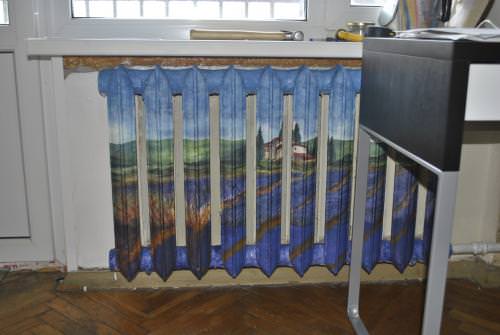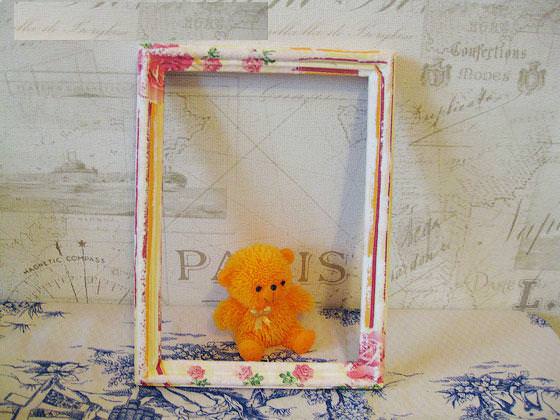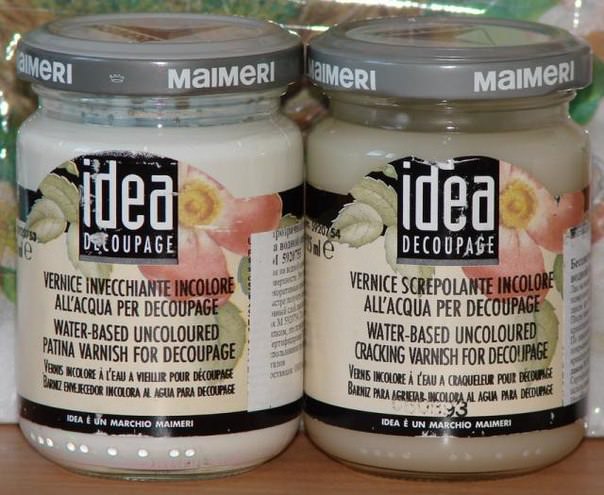
Decoupage cards, varnishes and glue (photo)
Content
- Working with decoupage cards
- Video: How to use a special card in decoupage
- Choose decoupage glue
- Decoupage varnishes
- Video: We choose varnishes for finishing works in decoupage
Decoupage has been known since the seventeenth century. He enjoyed great popularity with Venetian masters. Then, this technique was decorated with furniture in oriental style. With the advent of the nineteenth century, its popularity only increased. For the decor used not only caskets and ladies' accessories, but also musical instruments. In addition, decoupage was applied even to walls and ceilings. With the passage of time, this kind of creativity only gained new momentum, new products for decoupage began to appear, interesting stencils, acrylic paints for decoupage and other auxiliary items that facilitated the workmen. Most often for this needlework use napkins and decoupage cards, whose motives are cut out or torn out with their own hands. In the course are also postcards and self-printed subjects, which are thinned with the help of Scotch tape. To give the product a radiant glossy appearance, use a special varnish for decoupage. Decoupage provides a huge field for the embodiment of your creative ideas and fantasies. So that you can better understand the basic auxiliary items for this skill, we will discuss some of the materials for decoupage today, which facilitate the creative process for many of the dekupjazhnitsam.
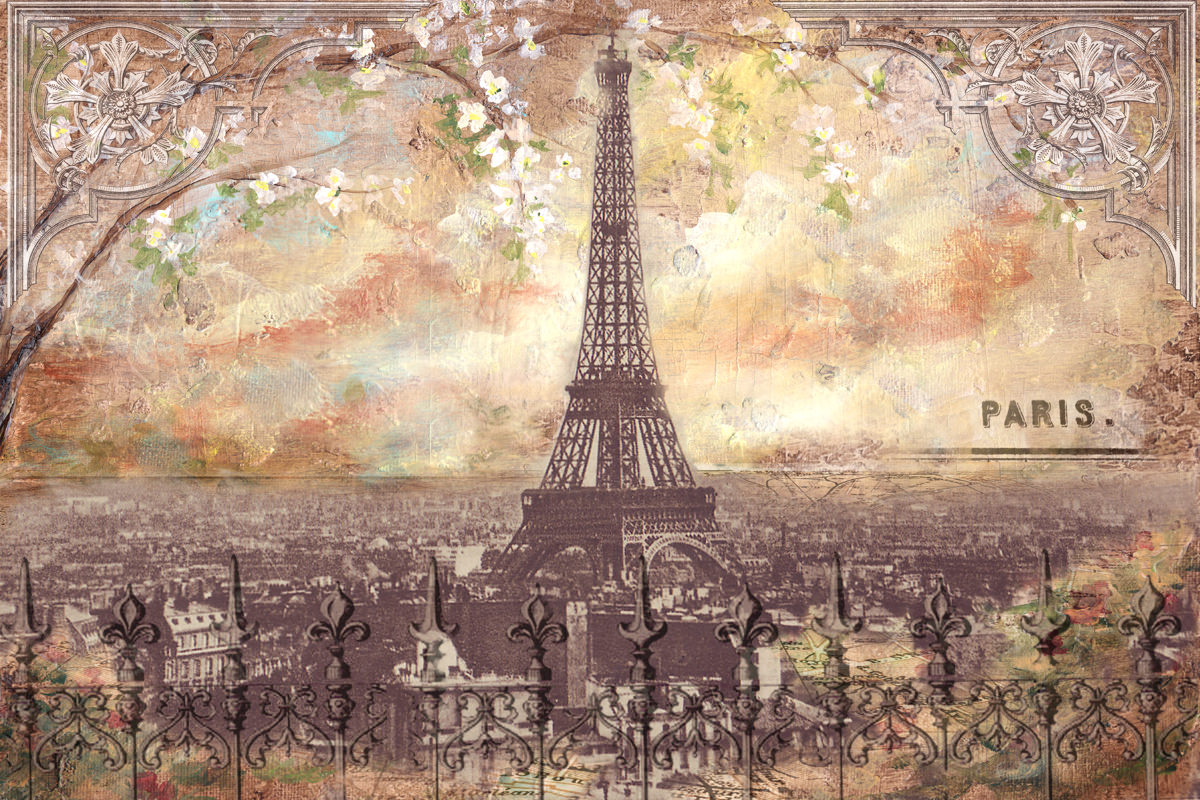
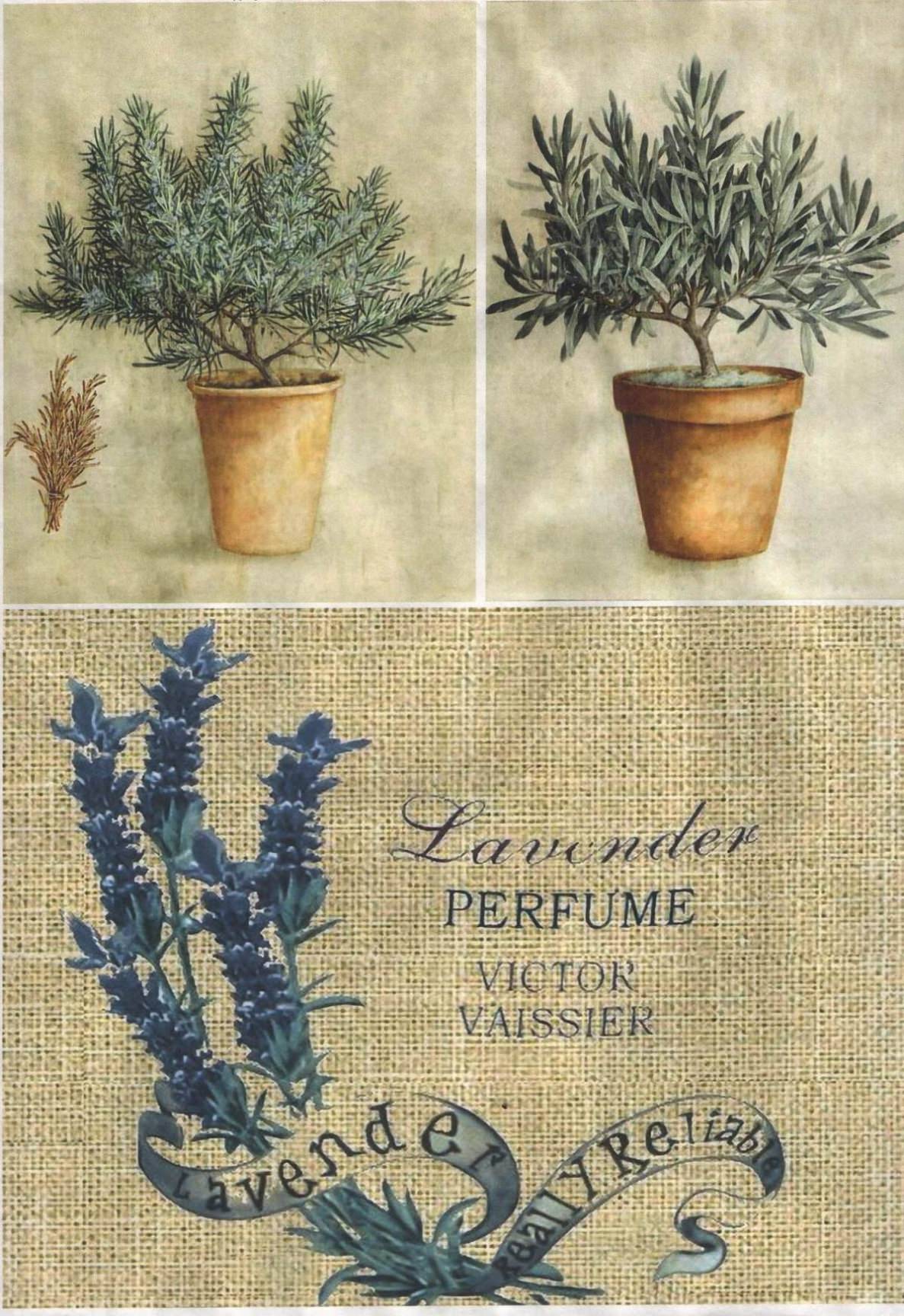
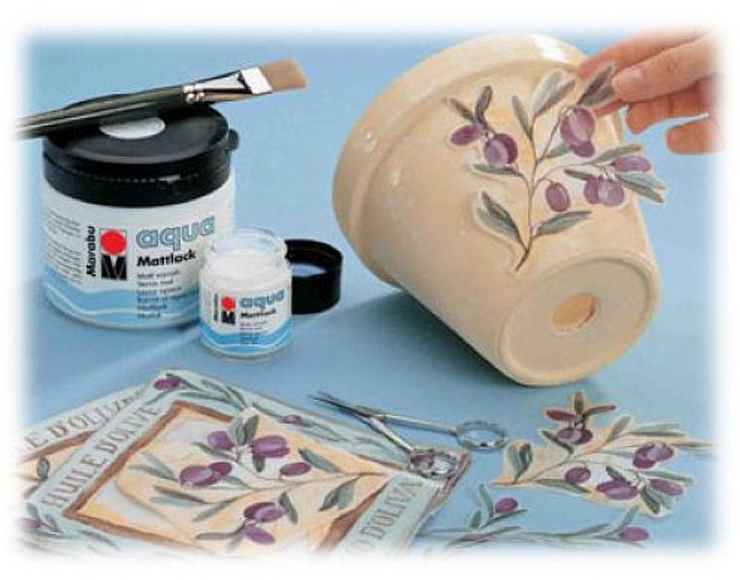
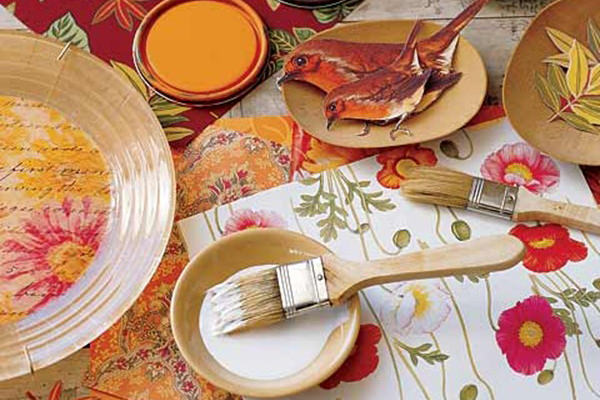

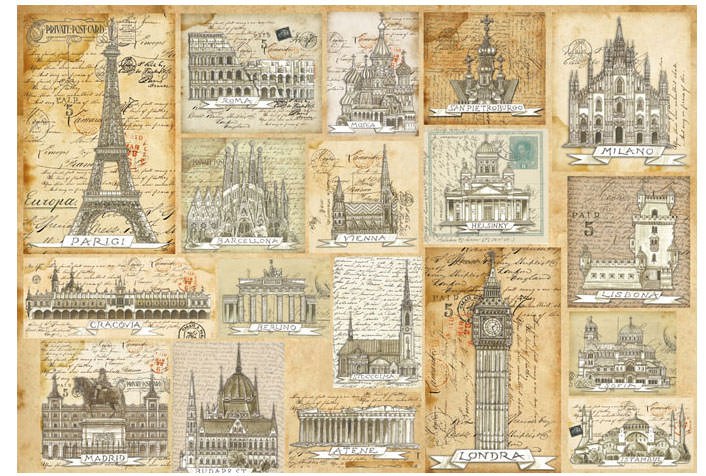
Working with decoupage cards
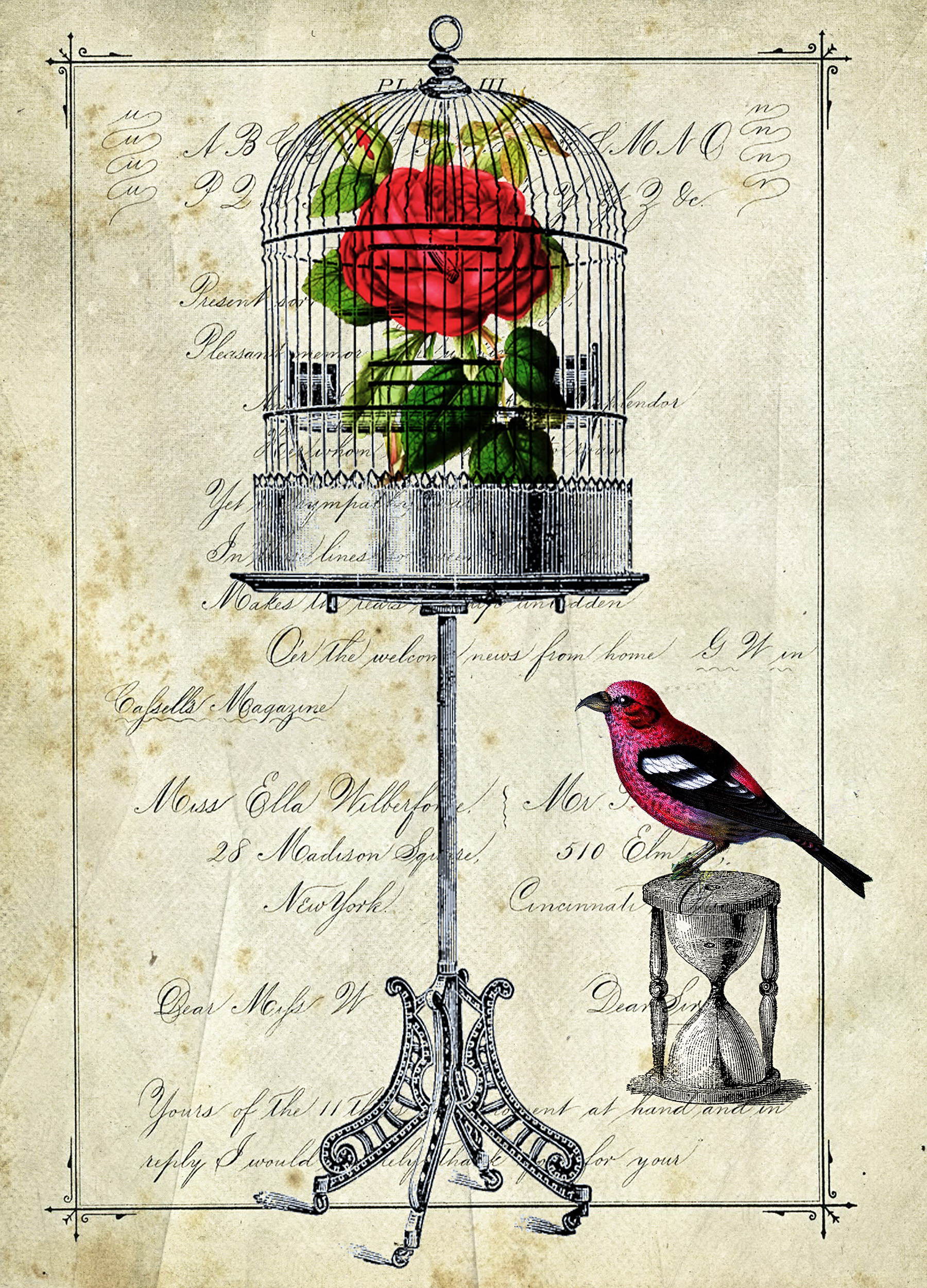
So, the decoupage cards. This is one of the most basic materials on which the entire technology is built. Cards for decoupage are a special paper on which various drawings are painted. In the modern world, among all the diversity of the presented plots, any master will be able to find suitable motifs and stencils for himself.
Decoupage cards are made from several bases. The first of these is thick paper. As the main theme on such paper, images of flowers, fruits, angels and much more. Such a decoupage map can be, as one-sided, and also two-sided. The second option is convenient to use on glass surfaces, so in the end, the image will be visible on both glass sides of the product.
Pictures that are cut with their own hands from such cards are fixed with special glue or glue PVA on perfect different surfaces.
Such decoupage cards have bothMerits, and shortcomings. To the merits, first of all, one can relate that the stories are cut out and glued with ease. They have an opaque texture, so that such decoupage cards can be fixed on any surface, even with a dark background, and also stacked with overlap.
If we talk about the minuses, then the decoupage map, inThe basis of which lies a thick paper, in the process of gluing is like an applique. In this case, to create a more picturesque picture, the product is varnished in several layers.
Such a decoupage map is glued as follows:
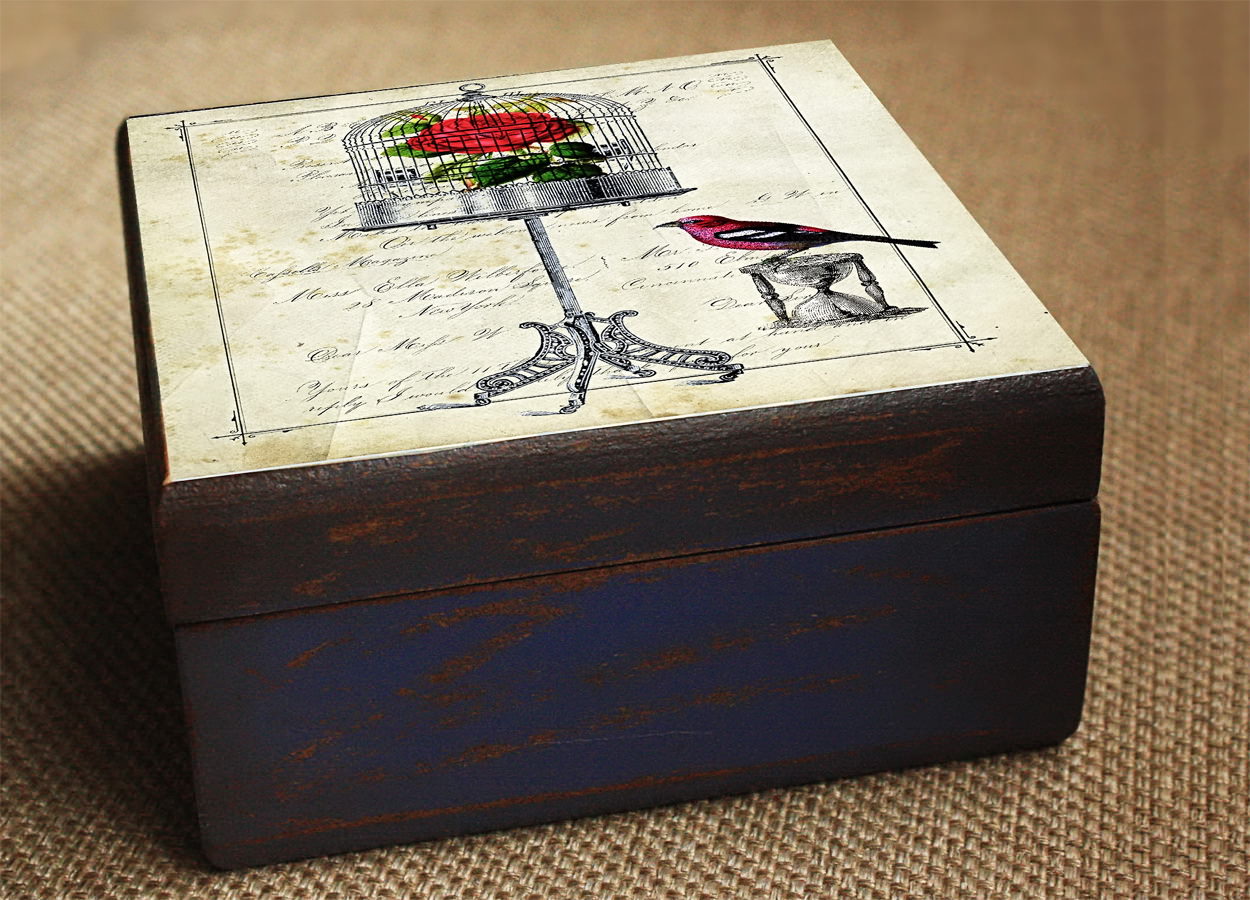
In the beginning, you need to cut out the selected image with your own hands and attach it to the selected object for the decor;
Turn your subject into an elegant piece in a vintage aged style.
Another main, which is applied by decoupageThe card is rice paper. The main advantage of this material is that in the process of fixing the motif on the selected objects, its outlines are practically invisible.
Of the minuses, you can only distinguish that you should take a more careful look at the choice of the background, that the picture was noticeable.
To paste decoupage cards, based on rice paper, you need:
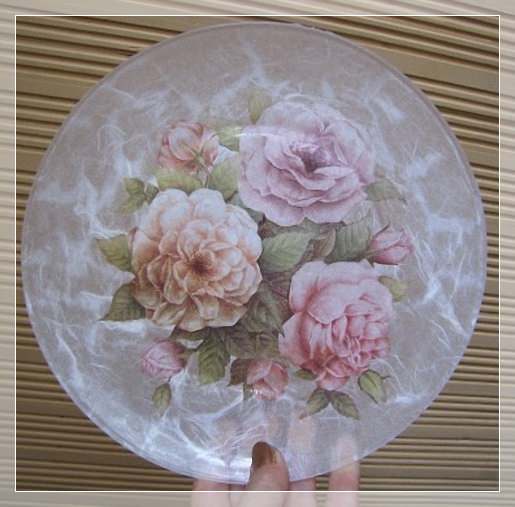
Cut or pull out with your own hands the outline of the selected story;
Video: How to use a special card in decoupage
Choose decoupage glue
The next subject for review is the glue for decoupage. This topic excites many dekupuzhnits. Let's see if it is necessary to use special glue in this kind of creativity.
In fact, many needlewomen have becomeUse in the process of fixing the motives is usual glue PVA, diluting it in equal proportions with water. Therefore, at first, you can test this material and determine whether it is convenient for you to use it in your work.
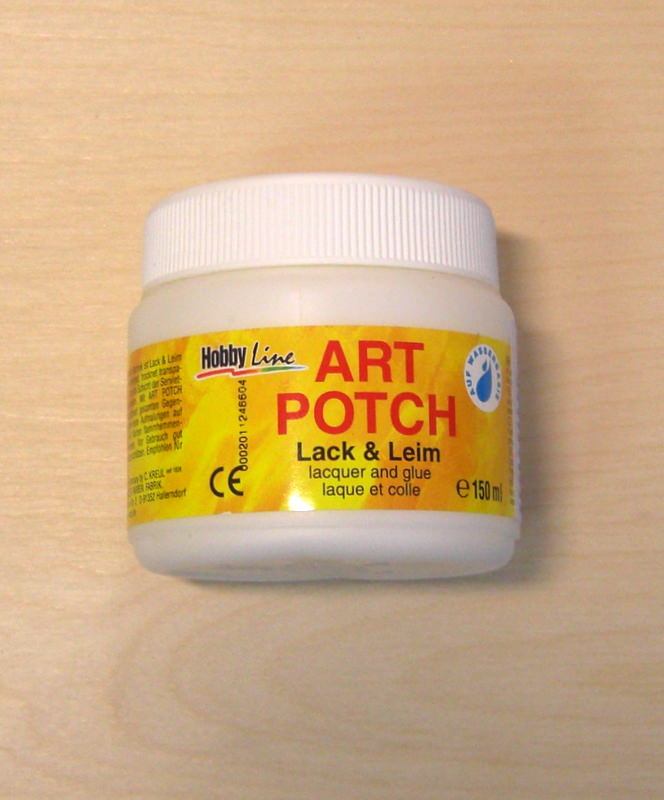
In itself, the use of PVA glue is also possible to create on the subject the effect of craquelure with characteristic cracks, due to which the article is given an aged kind.
If you decide to use just glue PVA for decoupage, then go after it to the building store, since the use of usually clerical glue often does not give you the desired effect.
More experienced masters, thoroughlyEngaged in this creativity of course apply glue for decoupage. There is, for example, a special glue-varnish from the company "Hobbyline", which is in good standing with the dekupuzhnits.
Similar, you can say so professional glueIt has a good consistency, dries quickly and firmly fixes the pattern on the surface. Another advantage of its use is that when it dries up, it acquires a transparent texture that allows you to fully enjoy the natural colors of the captured image.
Special adhesive for decoupage can have a matte and glossy effect. Which one to choose, you can determine for yourself in the course of decoupage practice.
If we talk about the adhesive for decoupage, it is also worth mentioning that there are special tools that help craftsmen make
. If you chose this kind of creativity for yourself,Then this material is simply mandatory. It helps to create a film on the fabric, which is not afraid of moisture, which in turn prevents the pasted movement from possible deformation. In addition, such a fabric with decoupage, you can safely wash, not afraid to spoil the product.
Decoupage varnishes
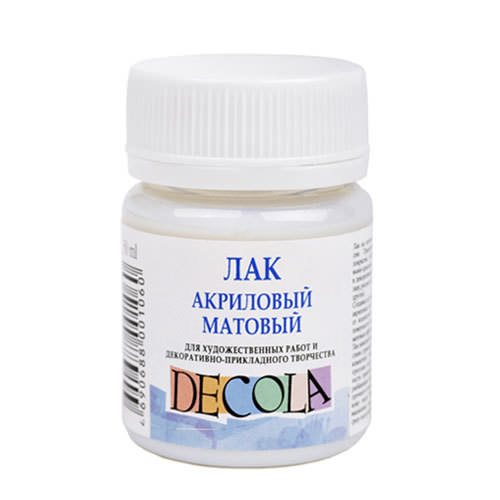
Use of such materials in decoupageIs a prerequisite for its successful completion. For reliable protection of your product and extension of its service life, you simply need to cover the object using the decoction varnish for this. It can be different: vitreous, asphalt, decorative craquelure with different textures: matte and glossy.
In view of the fact that decoupage of products is laboriousA process consisting of priming the surface, applying paints based on acrylic, attaching a plot, drawing, creating a crackle, each such stage, it is best to fix with a varnish.
In the process you can use acrylic lacquer withWater base and alkyd varnish. The latter is characterized by good moisture resistance. Of the disadvantages can be identified specific odor and duration of drying. In addition, brushes need to be cleaned with a special solvent. Another disadvantage when using such a varnish is that it creates a patina effect, which results in the appearance of an unnecessary yellow coating on the product, which may impair the appearance of the object.
Alkyd varnish is often used to age the product. In this case, the appearance of a yellowish hue on the product will only add to its attractiveness in combination with images in vintage style.
It is best to use acrylic lacquer forDecoupage works with a water base. It is easier to apply, it is dried quickly enough, its smell does not cause any special irritation. Try not to save and buy a high-quality varnish for decoupage, whether acrylic, vitreous or craquelure. You can buy it in specialized or construction shops.
Vitreous decoupage varnish Vitreous varnish forDecoupage works has a water base. It is often used as a protective layer in decoupage. This varnish is also called a cover. When applied, a thick film is formed on the surface of the object, which can protect your work from any changes in the weather and mechanical influences. In the application process, use a brush for artwork.

Vitreous varnish is used, as a basis inDecoupage of glass surfaces. When it dries, an invisible film forms on the object, which gives the object a vitreous and shiny plane.
Varnishes for craquelure 
Crackle lacquer is designed to create an effectAging on any surfaces. Due to its correct application, you can get a variety of cracks on the subject. Crackle lacquer is one-component or two-component.
One-component varnish must be applied amongTwo layers of paint of contrasting hues. Later this material allows breaking the upper colorful layering, in the cracks of which the second lower layering is visible. This process is also called a single-step craquelure. To achieve this effect, first one-step craquelure is applied first, after which the image is glued from the card, napkins. Thus, cracks begin to appear on their surface.
To create a two-step craquelure, varnish is appliedAlready after fixing the picture (with the exception of the reverse decoupage technique). Next, a crakel grid of two steps is created. The first step is the varnish, which is dried long enough compared to the second step. It is this temporary difference in drying that allows the cracks to appear, which are subsequently overwritten by various materials. It can be bitumen, oil-based paint, pastel and so on.
Video: We choose varnishes for finishing works in decoupage
